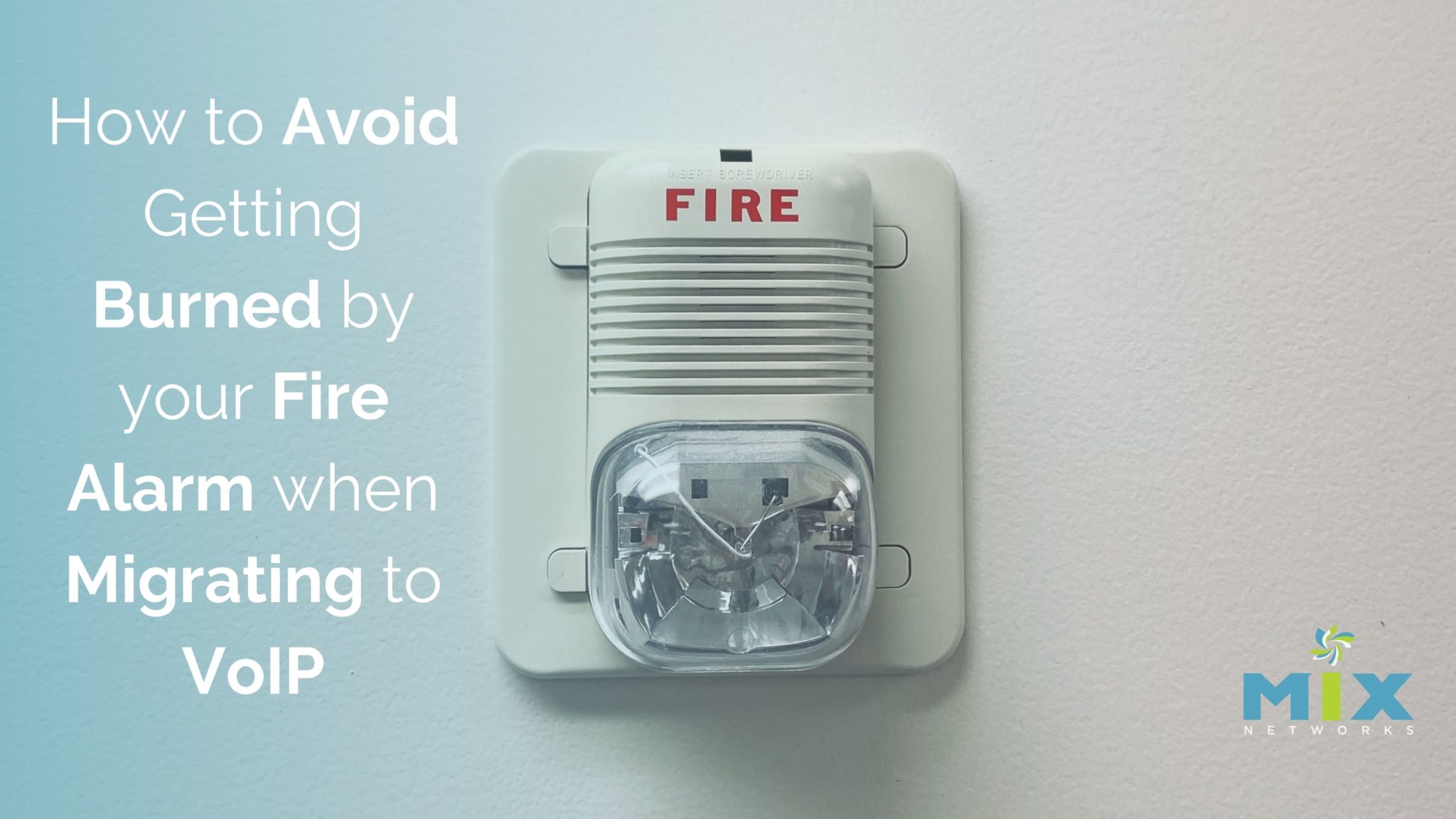POTS (Plain Old Telephone Service) is quickly fading. More providers are starting to take advantage of the FCC’s ruling to remove the maintenance requirement of the traditional copper lines and are transitioning their networks to fiber optic cables, leaving end-users with few options.
Remember the days when telephone poles graced the horizon with hundreds and hundreds of lines connecting them? This is because these wires consisted of a twisted pair of copper wires that were dedicated to transmitting voice traffic as voltage. This transmission method was extremely reliable and very low latency. Meaning your message was virtually guaranteed to reach the intended party. This is, assuming, you dialed the right number…but that is a story for another day. VoIP (Voice Over Internet Protocol) on the other hand, sends the signals as a series of packets over an internet connection. Each packet usually consists of 20 Milliseconds of voice data and requires translation from analog signals to digital and then back to analog and all of this is done so quickly that all you hear is the voice at the other end of the line in the same fashion you were used to from the twisted copper wire pairs.
What Does This Have To Do With My Fire Alarm Systems?
Fire alarm systems are generally a point-to-point connection, meaning they only have one wire to transfer information to one specific endpoint. And most even have two connections available as a backup in case one of the lines goes down. But due to the nature of the alarm systems and the way they communicate, switching over to VoIP can have a negative impact on the system’s ability to function. The reason? The “language” the alarm system uses to communicate with the monitoring center is unique and is designed to send complicated information back to the intended control center. Because VoIP sends information as digital packets and changes the data during the process, some of the necessary information the control center needs is lost, and the control center loses connection with the alarm and violates the fire code, leaving your business at risk of fines.
VoIP and Fire Alarm Communication Challenges Solved
You may be thinking right about now about the unfairness of the situation you now find yourself in. You didn’t ask for your POTS line to be disconnected! Yet you now are in a situation that puts your business at risk. Who would have ever thought that telephone service as we know it would just disappear? But there are ways that you can continue to remain compliant without having to completely rip and replace your existing solution.
The POTS IN A BOX® clears several hurdles for fire alarm communications with the switch over to VoIP and digital communications methods. It enables you to continue to use your existing analog equipment by translating the alarms communications from analog to digital with no data or packet loss. It also can enable cellular communications, which is an effective way to maintain communications between the central office and the fire panel if something were to happen that disrupted the main method of connection, and can even be helpful as a backup plan for all communications, not just fire alarm panel communications. Since fire code requires two methods of communications to be available for your fire alarm system, a VoIP connection with a cellular backup makes this possible.
POTS IN A BOX® Simplifies Migration to VoIP
For the most part, migrating a traditional POTS line PBX to VoIP is rather simple, but adding in the complex fire alarm code requirements can be a recipe for a very frustrating experience. Thankfully, it doesn’t have to be. Learn more about how the POTS IN A BOX® can help you meet the complicated fire code requirements as you begin to look for alternative connections to the standard POTS connection.









